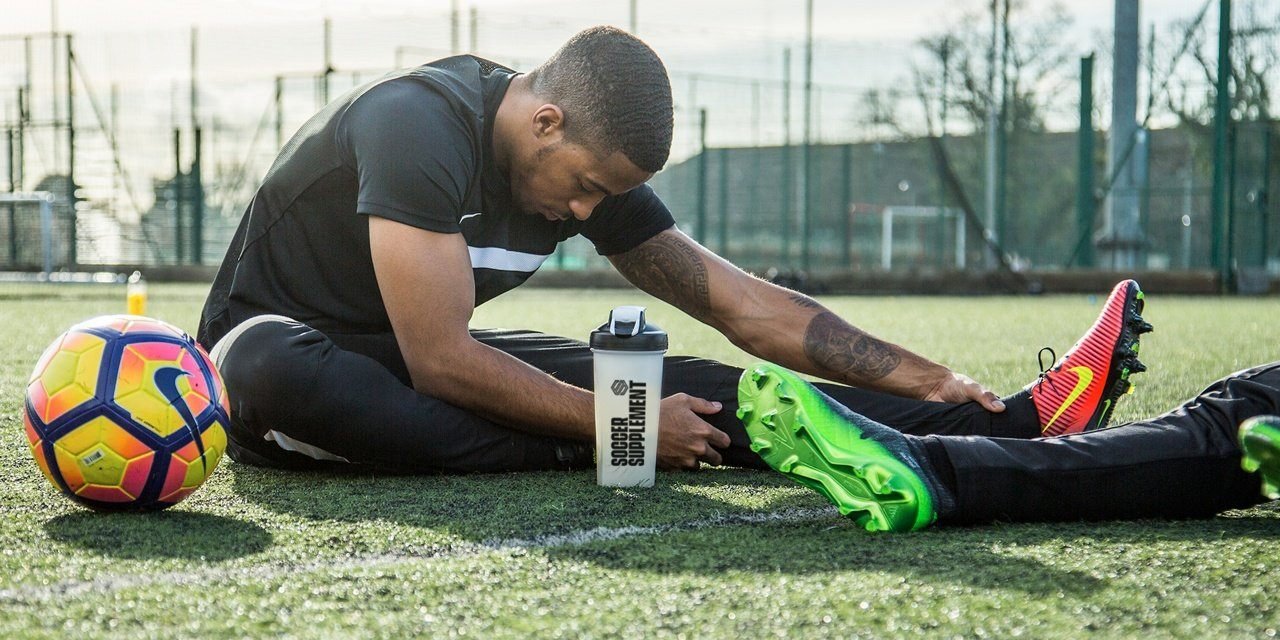Training for a triathlon can feel like a daunting task, but with the right approach, you can prepare effectively and enjoy the journey. Whether you’re new to the sport or have some experience, knowing how to train for a triathlon is key to completing your first race. In this article, we’ll share a step-by-step guide on how to train for a triathlon, making the process manageable and rewarding.
1. Understand the Triathlon Distance
When learning how to train for a triathlon, the first step is understanding the distance of the event you plan to race. Triathlons come in several different distances, including sprint, Olympic, half-Ironman, and Ironman. Each race has a different combination of swimming, biking, and running distances. Knowing the specific distance for your race will help you tailor your training.
For example, a sprint triathlon may include a 750-meter swim, a 20-kilometer bike ride, and a 5-kilometer run. On the other hand, an Ironman will have a 3.8-kilometer swim, 180-kilometer bike ride, and a marathon run. Understanding your race distance will allow you to set realistic goals and develop a training plan that fits your needs.

2. Create a Training Plan
One of the best ways to train for a triathlon is by following a structured training plan. Having a clear schedule helps keep you motivated and ensures you’re covering all three sports. Many training plans are available online, ranging from beginner to advanced levels.
Most triathlon plans last between 12 and 20 weeks, depending on the distance of your race. Your plan should include workouts for swimming, biking, running, and rest days. Balancing these workouts will help improve your endurance and speed over time.
3. Focus on Technique
When training for a triathlon, it’s essential to focus on the technique for each sport. Swimming, biking, and running all have specific techniques that can improve your performance and prevent injury.
For swimming, practice your stroke to ensure efficiency in the water. Learn breathing techniques and how to navigate through the swim portion without wasting energy. For biking, make sure your bike is properly fitted to avoid discomfort and enhance speed. Running technique is also important—focus on posture and breathing to maintain good form throughout the race.
4. Build Endurance Gradually
A key part of training for a triathlon is building endurance over time. This means gradually increasing the distance or time you spend swimming, biking, and running. Starting slow and progressively increasing your distance will allow your body to adapt and reduce the risk of injury.
For example, you might begin by running 2 miles and gradually build up to 6 miles over several weeks. Similarly, increase the duration of your bike rides and swimming sessions at a steady pace. This gradual buildup will make sure that your body is prepared for race day.
5. Include Brick Workouts
Brick workouts are essential for triathlon training. These workouts involve combining two sports, such as biking followed by running. The purpose of a brick workout is to help your body adapt to transitioning between sports, a skill that’s necessary on race day.
For example, after a 40-minute bike ride, immediately switch to a 10-minute run. As you get more comfortable, increase the biking and running distances. These workouts will help you prepare for the fatigue and muscle transitions you’ll face during the event.
6. Take Rest Days Seriously
Rest days are an essential part of training for a triathlon. Your muscles need time to recover and rebuild after intense workouts. Skipping rest days can lead to burnout and injury, so make sure to schedule at least one or two rest days each week.
On rest days, focus on stretching, yoga, or light activities to help your body recover. These low-impact exercises will keep you flexible and prevent stiffness while still allowing you to rest.
7. Practice Transitions
When training for a triathlon, it’s not only about swimming, biking, and running—transitions between these activities are just as important. Practicing your transitions, also known as T1 (swim to bike) and T2 (bike to run), will help you save time on race day.
To practice transitions, set up a mini transition area at home or at a local park. Practice switching from swimming to biking and from biking to running. Work on improving your speed and organization during these transitions to minimize wasted time.
8. Fuel Your Body Properly
Nutrition plays a significant role in training for a triathlon. You’ll need to fuel your body properly to maintain energy levels and perform at your best. Make sure to eat a balanced diet that includes plenty of carbohydrates, proteins, and healthy fats.
Before long workouts, fuel up with carbs for energy, and after your training, focus on protein to help muscle recovery. On race day, plan out your nutrition strategy to keep your energy steady throughout the event.
Conclusion
Learning how to train for a triathlon is an exciting and rewarding journey. By following a structured training plan, focusing on technique, gradually building endurance, and including key workouts like brick training, you’ll be well on your way to race day. Make sure to listen to your body, fuel properly, and stay motivated, and you’ll be ready to tackle the triathlon with confidence!





